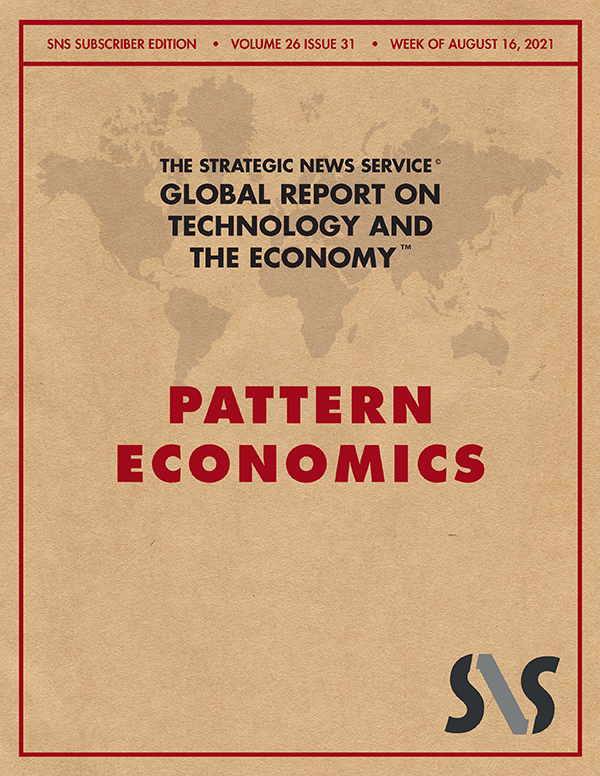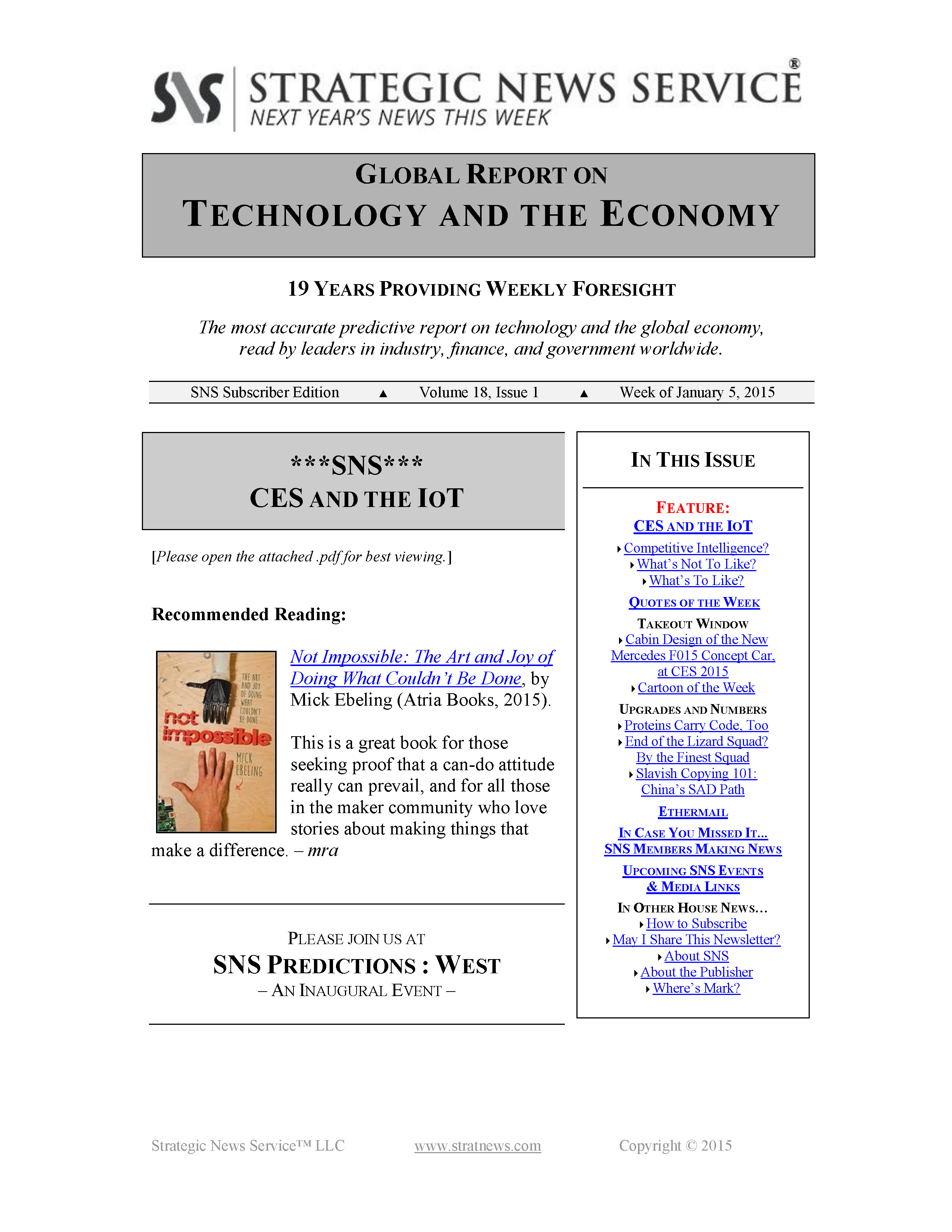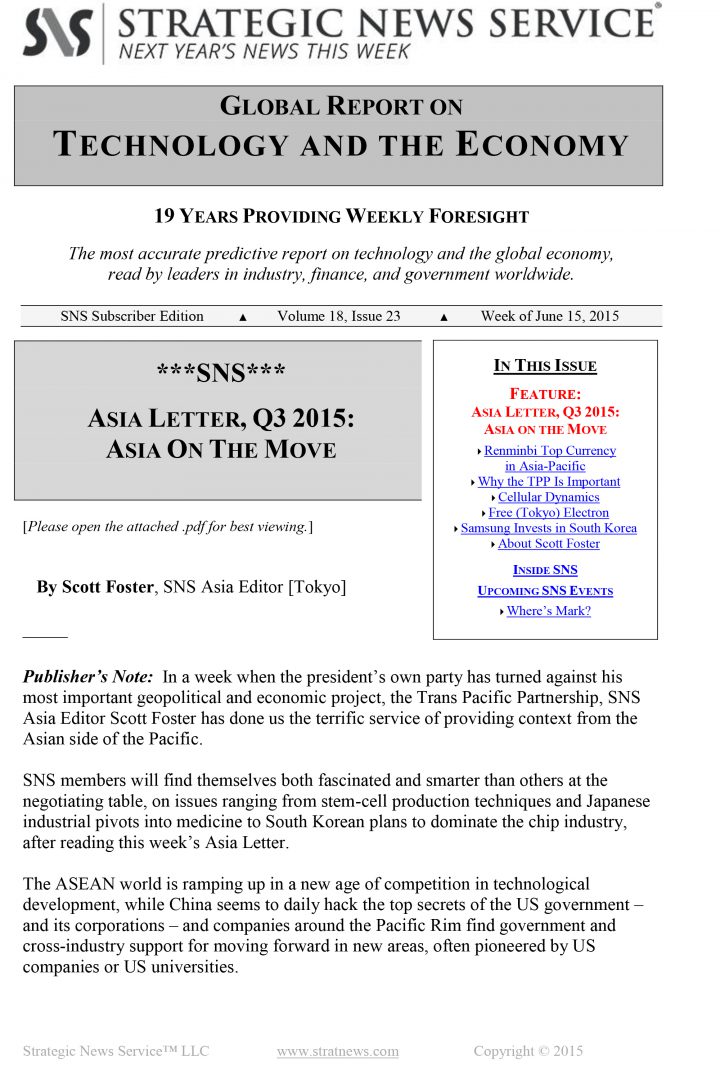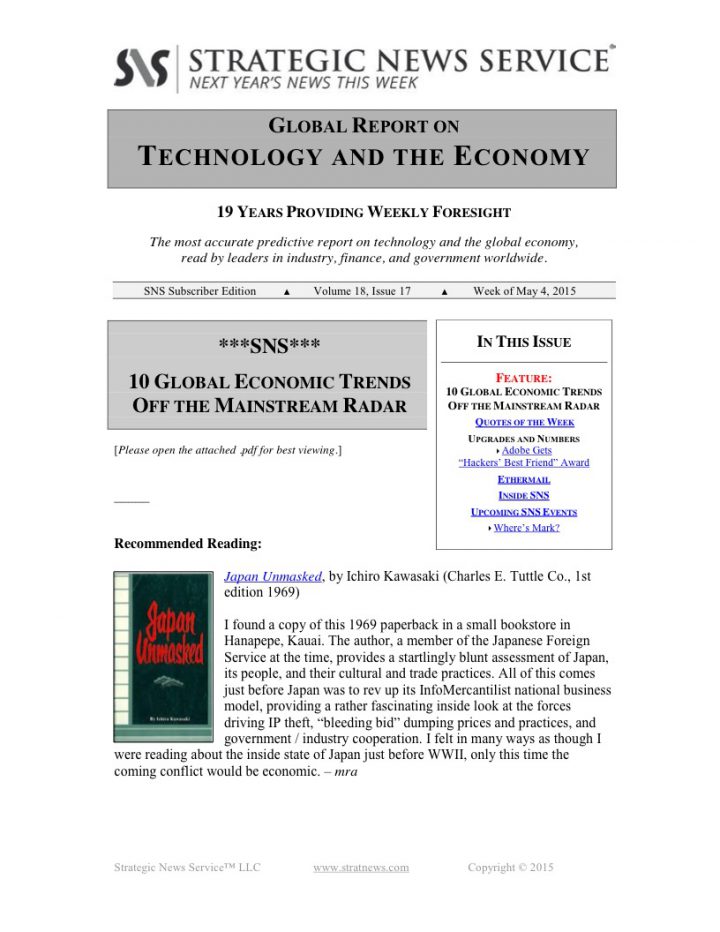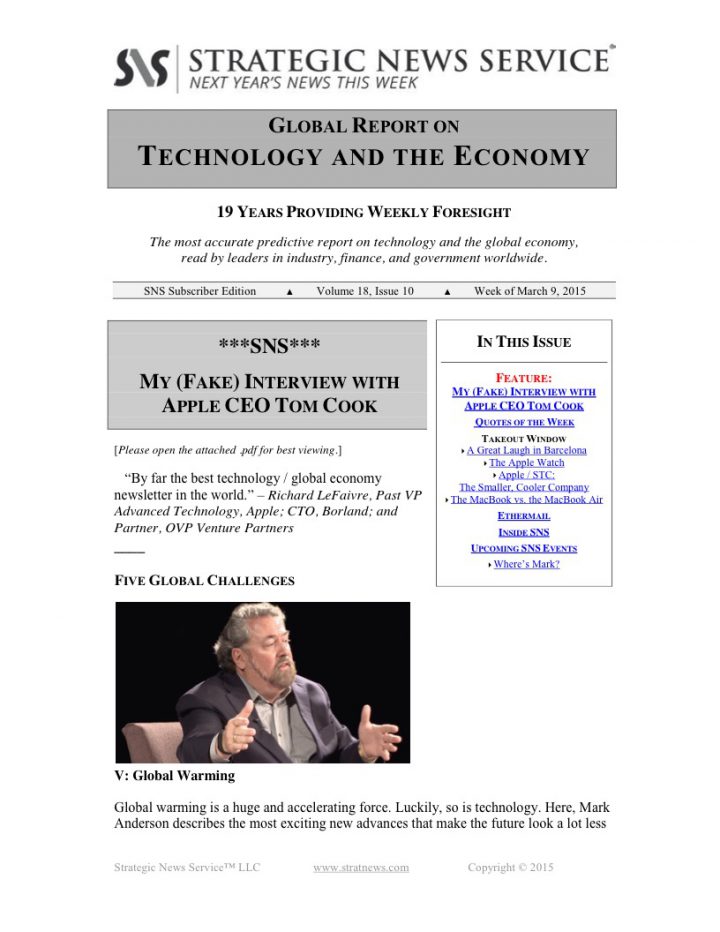In This Issue
Vol. 26 Issue 31
Pattern Economics
- I. Lessons from the GFC
- II. The Global Economy Today
- III. The China Crash?
- Summary
—-
I. Lessons from the GFC
After the Global Financial Collapse of 2007-2008, the Financial Times reported that only three people had accurately predicted it. Since I had done so in mid-March of 2007, on CNBC’s Power Lunch Europe, that would make four.
More noteworthy, though, was the FT’s statement that no professional economists had made the call. (In fact, those who were successful shared the attribute of looking at the patterns of flows.)
One professional who often makes the same claim is Nouriel Roubini. Nouriel, in my opinion, is disqualified on two counts: first, he had been predicting collapse for so long that, like a broken clock, he would have to be right at least twice a day; and second, because he was one of thousands who said the US housing market was the story, and it was destined to collapse – but this was a symptom, not the disease. It might be easier to count those who did not predict the real-estate collapse than those who did.
All of which leads back to the FT’s observation of “the dismal science” of economics. It certainly is dismal, but it just as certainly is not a science. With a world of trained experts failing to call the most important event of their careers, we can say without any doubt that current economic theories are not up to the task.
As has been mentioned in these pages before, I appear to have been the only person to have publicly predicted both the GFC and the oil price collapse, something Prince Al Waleed declared “impossible for any human being.” But I had an edge: I’ve never studied economics. (I did drop out of Econ 101 at Stanford, after deciding it was worthless.) And I had another, much more important advantage: I had studied pattern recognition, refining those tools into what I call “pattern discovery.” (For members interested in learning h0w to do this, I recommend my book The Pattern Future, available here on Amazon.
What’s the difference between pattern discovery and traditional economic theory? Pattern discovery does not use either hypotheses or theories; for that reason, it is relatively clean of bias and wrong paths. Whatever you discover is real.
If further proof of the efficacy of this approach were needed, we used this technique in becoming the first to discover the national business model of China, and to name it “Infomercantilism.” We know we were the first, because we briefed all of the three-letter agencies in four of the Five Eyes countries (except New Zealand) – and none of their top officers had been aware. The same was true of the business media.
I remember my interviewer on Bloomberg TV in New York asking me, at the end of our time on air, “Why don’t we know about this?” My answer: “Margaret, that’s why I’m here.”
In today’s discussion, I’m writing to members for a very strongly correlated reason: trained economists, who have no idea how the Chinese economy works, continue to try to predict events in the world economy, with essentially zero success. Clearly, you cannot predict world economic events without including China in the calculation, and just as clearly, if you don’t understand how China works, you won’t be able to include its effects.
This sounds painfully obvious, doesn’t it?
—
SKU: SNS-2021-08-17 - Need Help? Contact Us Leave Feedback
Categories: 2021 Issues, Back Issues
Tag: PDF Download

